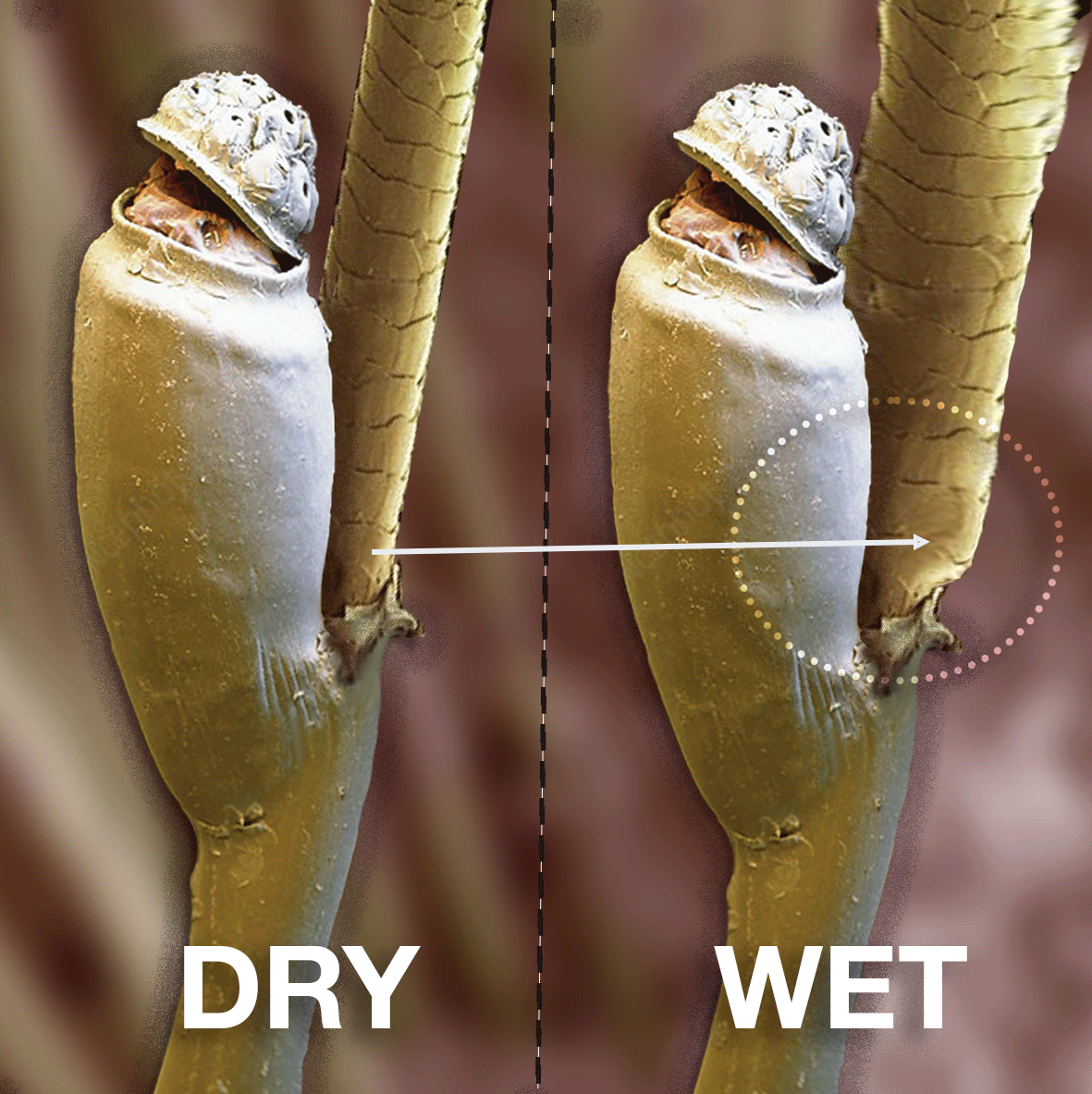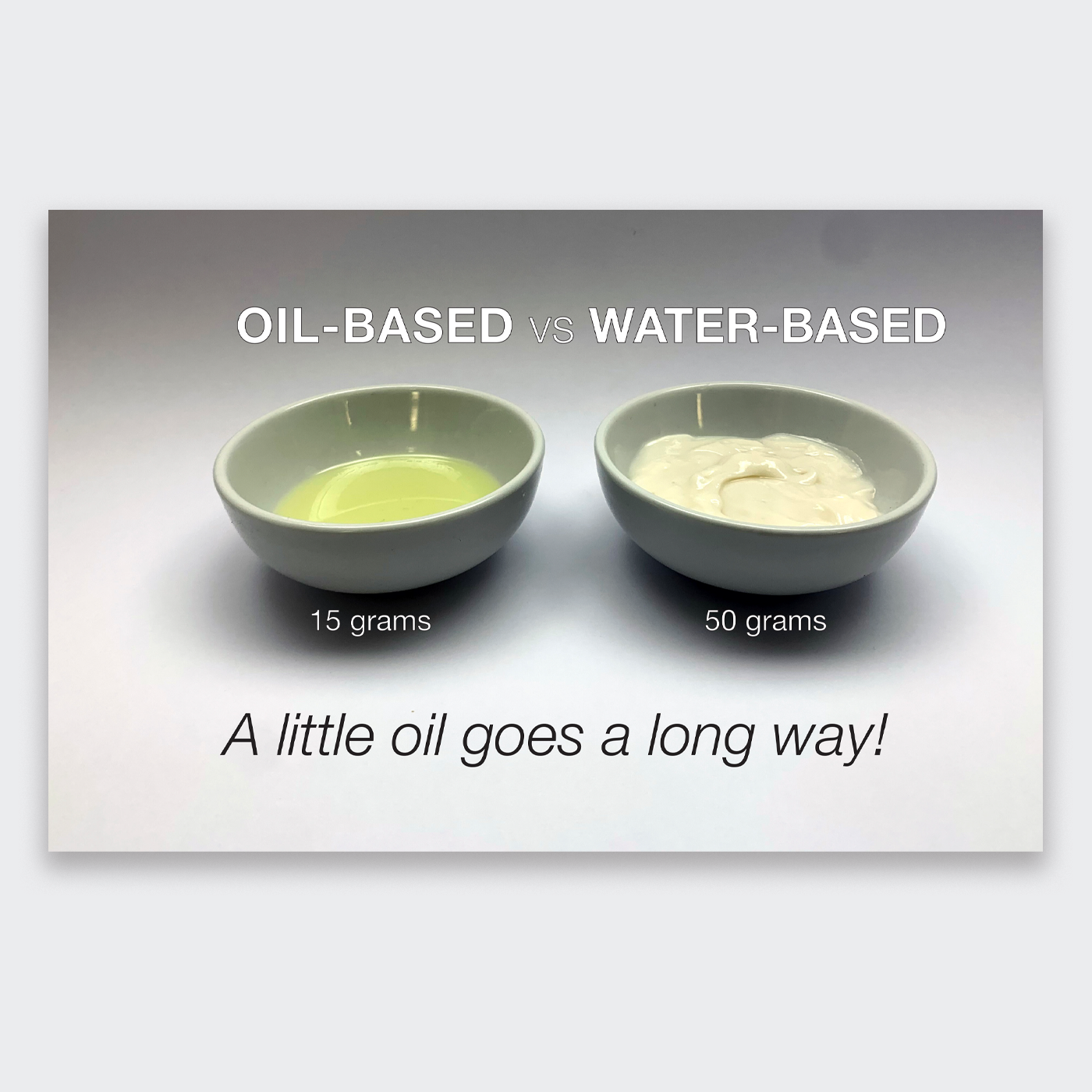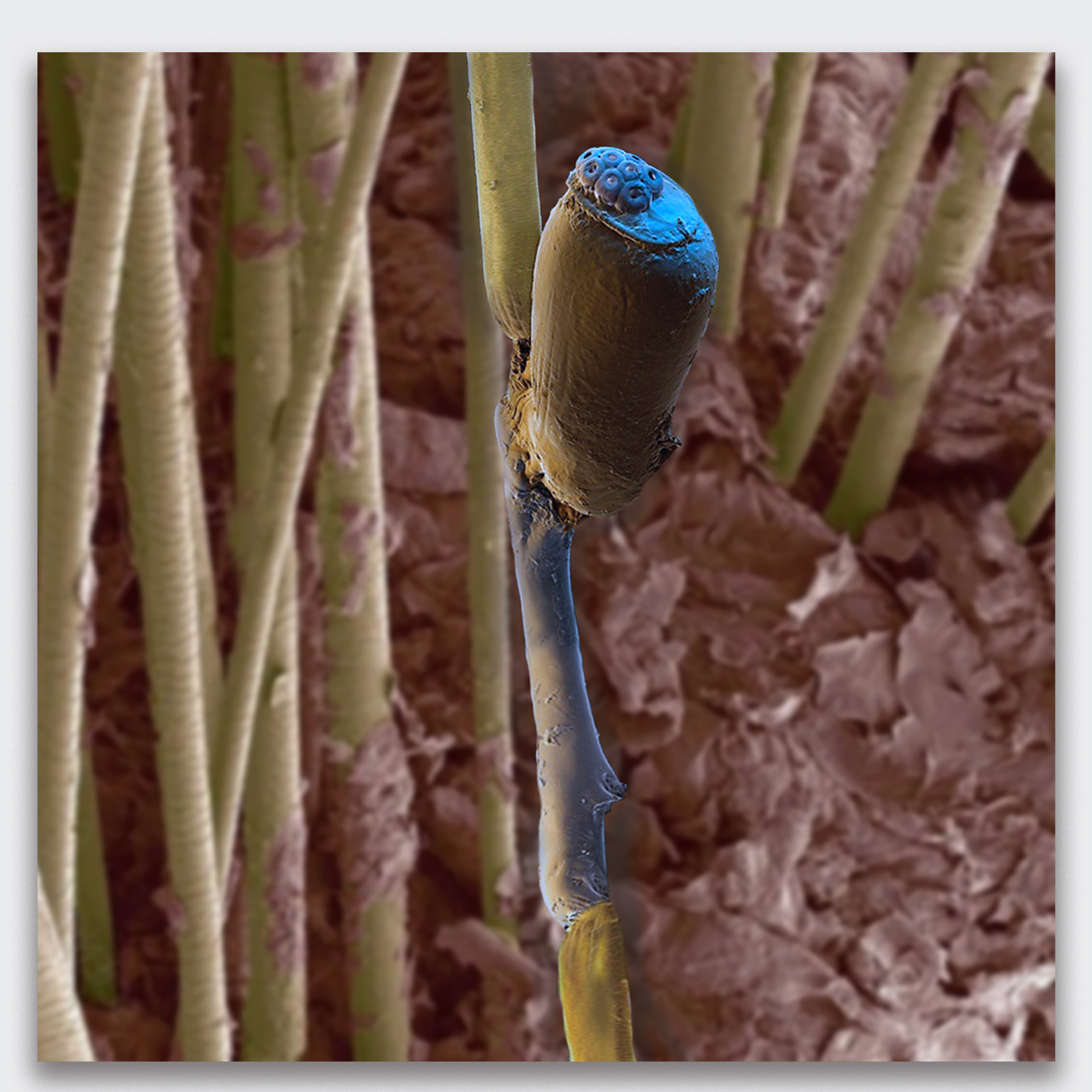Kids may be exposed to endocrine disruptors through food and beverages consumed, pesticides residues on fruit and vegetables, household cleaning products, chemicals in plastics packaging, fire retardants in clothing, and through the preservatives and fragrances found in personal care used. In essence, your kid’s contact with these chemicals may occur through diet, air, skin, and water.
At bath time, skin and water mix, so anything soluble in your kid’s bath time products is potentially available to absorb through your kid’s skin and into their blood stream.
Exposures to EDCs even at very low levels during the critical windows of developmental vulnerability of life can have substantial and sometimes permanent impacts on health.
It’s not that we cleanse for our kids too often, it’s that we don’t use the right personal care for kids’ scalp and skin. Many parents and caregivers see kids as something you “wash”, like the family dog or the dishes. They don’t stop to think of dangers of daily soaking their kids in a bubble bath full of harsh sulphate surfactants, biocidal preservatives, artificial colours and fragrances, all the well-established culprits of Atopic dermatitis, and many are also known endocrine disruptors.
Even low doses of endocrine-disrupting chemicals may be unsafe. The body’s normal endocrine functioning involves very small changes in hormone levels, yet we know even these small changes can cause significant developmental and biological effects. This observation leads scientists to think that endocrine-disrupting chemical exposures, even at low amounts, can alter the body’s sensitive systems and lead to health problems.
A kid’s skin is like a sponge
Eco.kid is about the best practice in personal care products for kids; the healthiest and safest choices for our kids and our environment. Why? – Because we understand that everything that is used on their skin or hair penetrates. Their skin is like a sponge. Without the protection of sebum any chemicals dissolved or suspended in a lotion, solution, shampoo, or conditioner used on a kid will penetrate the skin to some extent during use.
When thinking about the porosity of the human skin we can not think that all skin is equally porous. The epidermal skin has a fair degree of permeability to many chemicals, and we understand this to be true when we rub anti-inflammatory creams on our skin such as Voltaren Emulgel to treat pain and inflammation of muscles, joints, tendons and ligaments, or apply nicotine and hormone patches. This type of drug delivery system is called trans-epidermal delivery.
The other type of delivery route on the skin is through the follicles and this is called trans-follicular delivery. The epidermis has the purpose of creating a barrier between our internal body and the external world around us. It is constructed of multiple layers of non-living skin cells germinated from a row of living cells at the base of the epidermis.
The follicles, however, are lined with living epithelial cells. There is little to no barrier function of living epithelial cells and therefore the follicle cell wall lining is 400 times more porous than the epidermis. As the skin of the face and scalp have an average of 900 follicles per cm2 compared to 20 follicles per cm2 of skin covering the rest of our body, it may be more accurate to say that the skin of the scalp and face is a sponge, with little to no barrier resistance to chemicals applied to it.
Additionally, there are ~500 sweat glands per cm2 over our entire body, except for our palms and the soles of our feet which have ~700 sweat glands per cm2. So, the fact is that the skin is pretty good at protecting our bodies from dirt and germs, but lousy at protecting us from any chemicals in a liquid solution.


